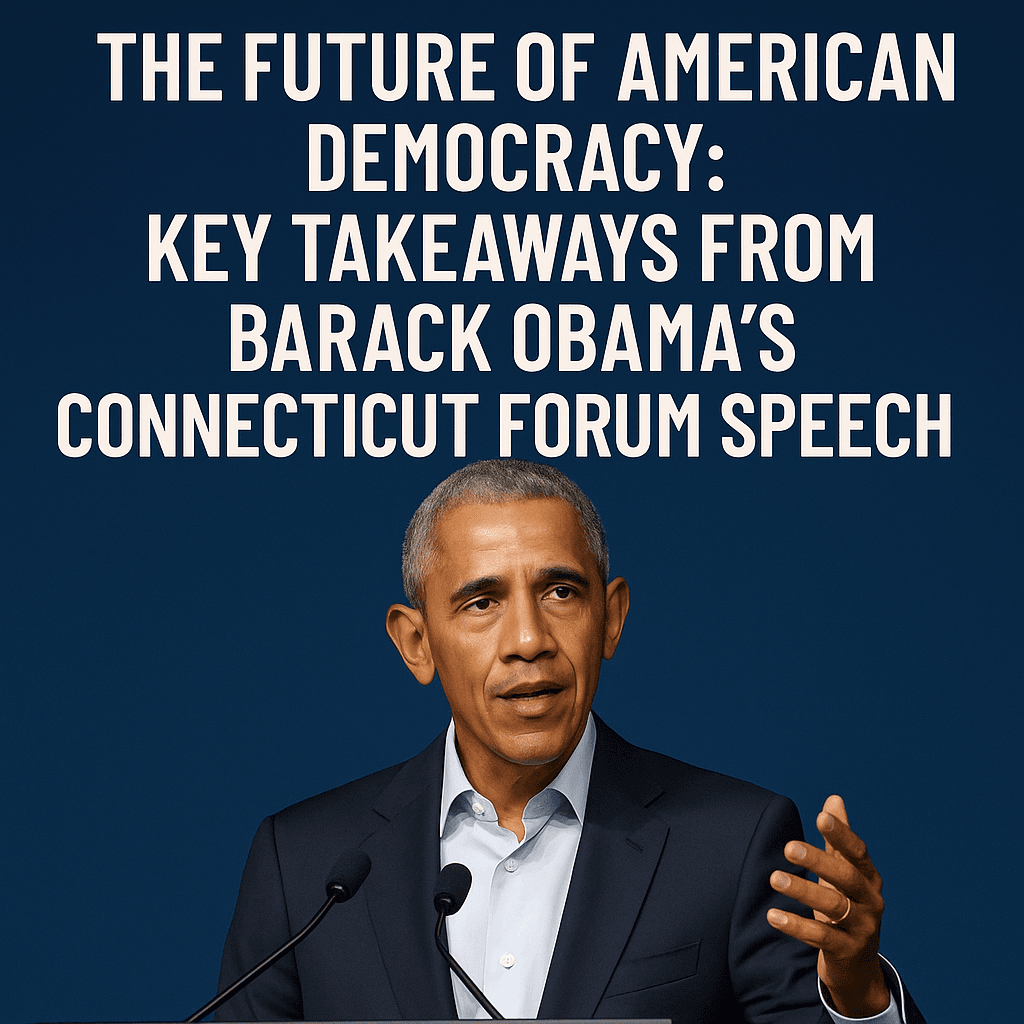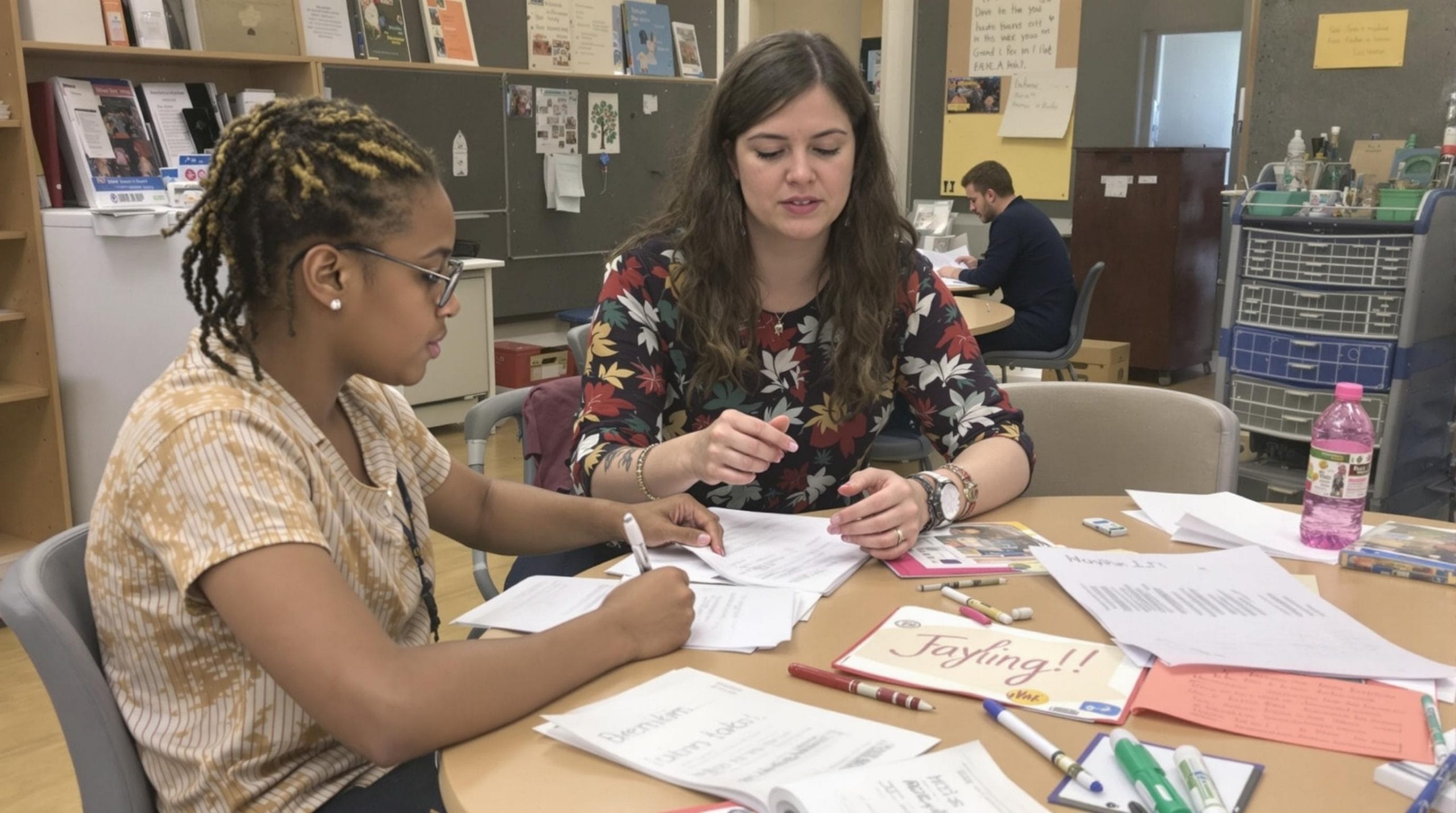The Future of American Democracy: Barack Obama’s Connecticut Forum Speech!
🔑 Key Features
✅ Highlights from Barack Obama’s 2025 Connecticut Forum conversation
✅ Insights on the current threats to democracy in the U.S.
✅ Obama’s view on the role of citizens, disinformation, and social media
✅ Calls to action for rebuilding trust and social cohesion
Why Obama’s Voice Still Matters
In a time of political uncertainty and institutional strain, former President Barack Obama took the stage at The Connecticut Forum to reflect on the challenges and future of American democracy. His message was clear: democracy is not self-sustaining—it requires collective participation, truth, and trust.
This article captures the most critical themes from Obama’s speech, providing thoughtful commentary and accessible context for anyone concerned about where the U.S. is headed—and what we can do about it.
I. The Role of the Citizen: Change from Inside and Outside
“The most important office in a democracy is the office of citizen.” – Barack Obama
Obama explained that real change arises from a partnership between grassroots activism and institutional engagement. Drawing from his experience as both a community organizer and President, he emphasized that:
Citizens must push for progress, even when it creates discomfort for those in power.
Leaders within the system must translate public pressure into policy and reform.
Incremental change—though messy—is still powerful in a pluralistic nation.
🔗 Related Reading: How Grassroots Movements Shape Policy
II. Erosion of Democratic Norms: A Dangerous Drift
Obama warned of a weakening commitment to democratic values like:
Rule of law
Freedom of the press
Checks and balances
Pluralism and compromise
He argued that the Constitution is not self-executing—it requires leaders who honor their oaths. Without this, America risks resembling authoritarian regimes that hold elections but lack democratic integrity.
III. Redefining American Exceptionalism: The “Better Story”
“The glue that holds us together is this crazy experiment called democracy.”
Unlike traditional notions rooted in military power or capitalism, Obama champions a vision of American exceptionalism as:
A diverse, multicultural nation
United by an idea, not ethnicity or religion
Defined by democratic participation and shared purpose
But this vision is under threat from what he called a “bad story”—one promoting hierarchy, exclusion, and division. He contrasted this with civil rights leaders like John Lewis, who stood for unity and justice.
🔗 Explore: John Lewis and the Legacy of Civil Disobedience
IV. Drivers of Division: Inequality, Media, and Misinformation
1. Economic Inequality
The shift to a globalized, winner-take-all economy has marginalized millions. As Obama noted, many feel “redundant,” creating resentment and disengagement.
2. Disinformation and Social Media
Originally tools for liberation, platforms like Facebook and X (formerly Twitter) now amplify anger, conspiracy theories, and tribalism due to algorithms designed for maximum engagement.
3. Collapse of Shared Facts
We’re now in an age where basic truths are debated. Obama referenced Steve Bannon’s strategy to “flood the zone with [expletive],” illustrating the damage done to public trust.
🔗 Recommended Resource: The Disinformation Age: How Tech Undermines Democracy
V. A Path to Renewal: Trust, Collective Action, and Institutions
Obama argued that America’s biggest challenge is not technical—it’s moral and social. To rebuild, we must:
Strengthen social cohesion and civic trust
Reaffirm the rule of law, equality, and shared responsibility
Encourage institutions to stand firm in their missions and values
He called on universities, law firms, businesses, and civil society to “do what’s right when it’s hard—not just when it’s trendy.”
VI. Hopeful but Realistic: “A Game of Addition”
“Be impatient with injustice—but remember it’s a game of addition, not subtraction.”
Obama closed his remarks with optimism, especially in the younger generation. His advice:
Engage with people who disagree—find common ground
Support local institutions and invest in community
Use real-world conversations—not just online debates—to connect
His own Obama Foundation continues to train young leaders globally, offering hope for a democratic future rooted in empathy, cooperation, and action.
🔗 Learn More: The Obama Foundation’s Mission
Final Thoughts: What We Can Do
Barack Obama’s speech was not just a diagnosis—it was a call to action. He reminded us that democracy is both fragile and powerful. Whether you’re a student, teacher, voter, or policymaker, the fight for America’s future belongs to all of us.
“Through collective action, shared values, and a willingness to engage across differences, the good will win out.”
📚 Suggested Further Reading
latest video
news via inbox
Nulla turp dis cursus. Integer liberos euismod pretium faucibua





